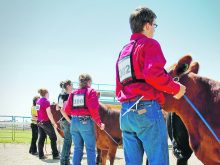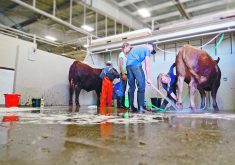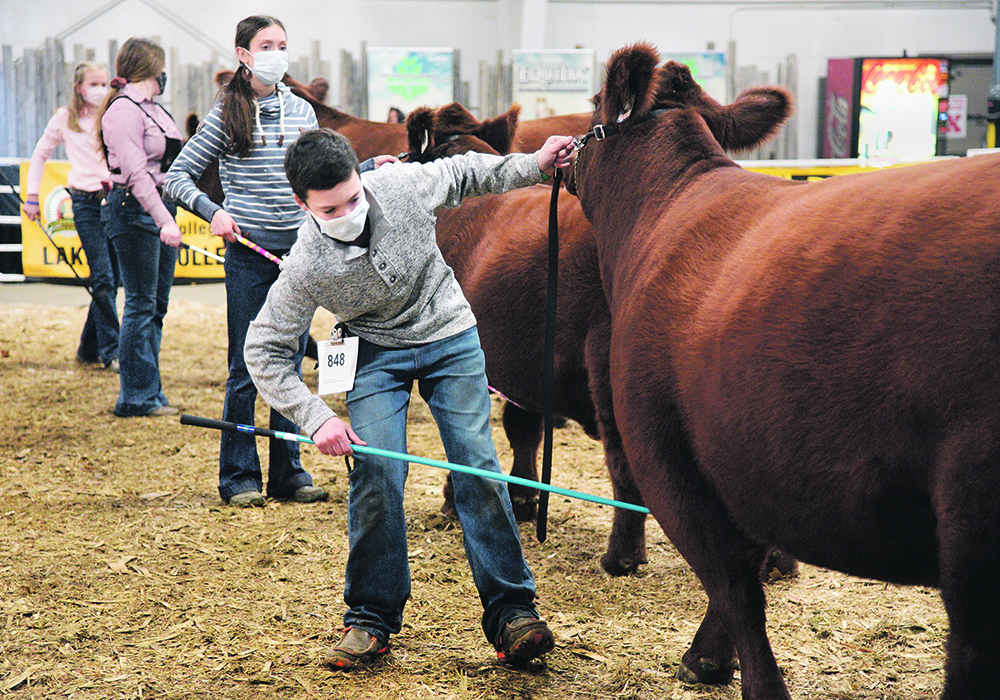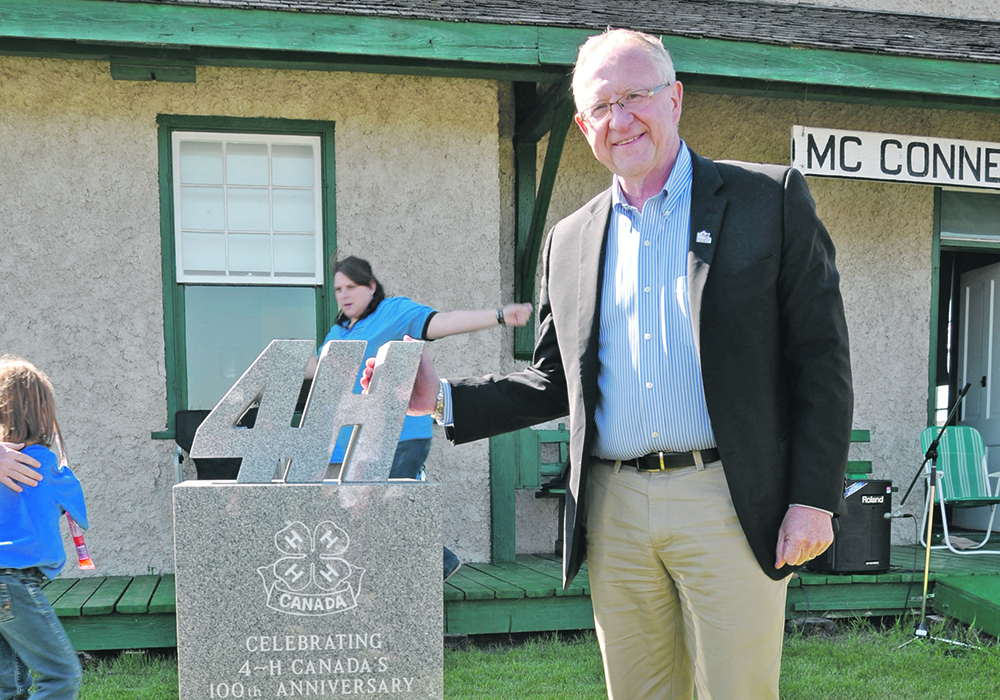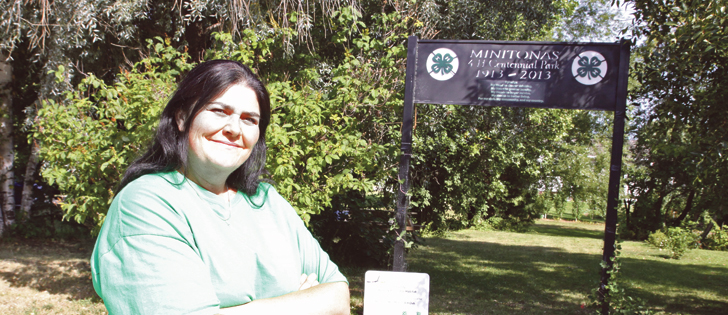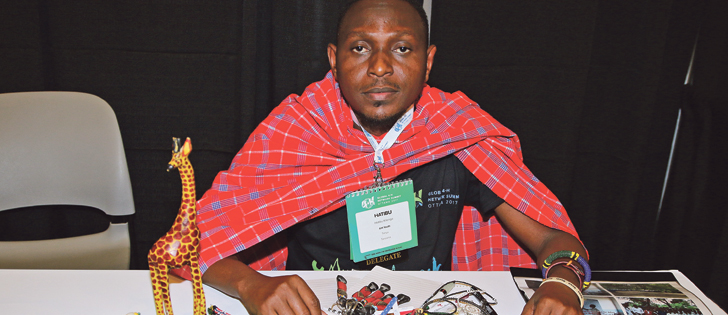Educating consumers High profile food contamination cases highlight the need for understanding how food is processed from field to plate
WHITE BEAR, Sask. — 4-Hers are the best ambassadors to explain food production to an urban audience, says a Saskatchewan 4-H volunteer leader.
Stan Figley said the youth group could play an important educational role.
“Agriculture now is food, and food interests the city as much as the farm,” said Figley, who has a 40 head cow-calf herd and 15 registered Quarter horses and grows red lentils, canaryseed, flax and wheat with his brother near White Bear.
He said high profile incidents involving contaminated food highlight the need to educate consumers about the process from field to plate.
Read Also

Nutritious pork packed with vitamins, essential minerals
Recipes for pork
Incorporating science and technology components into 4-H projects serve members well beyond their time with 4-H, he added. Such learning includes genetics, bone structure and growth characteristics.
“If we teach this, when they get into the real world, they can understand where food comes from,” said Figley.
4-H Canada has 27,000 members and wants it to increase to 50,000 by 2021.
Declines in 4-H numbers have mirrored declines in farms and farmers. The group is actively reaching out to urban youth, something Figley sees as an opportunity for food production education.
The new membership age parameters from six to 26 will also help, as will initiatives in places like Manitoba where 4-H clubs are making inroads in colleges.
Figley grew up in a 4-H family as one of eight children. He helped reactivate the Kyle Multiple Club 20 years ago when the local club folded, in part to ensure his daughter, Courtney, could participate in projects, achievement shows and barrel racing.
The club, which he has led ever since, now has more than 30 members.
“When I see a young person with a calf, I see myself,” he said, recalling his days as a shy 10-year-old leading his first calf around the ring and learning about the animal.
“Equine, cattle have been a big part of my life,” he said.
“4-H is what kept me in the livestock industry.”
The program also spawned a career for Courtney, who buys, sells and trains horses at Dinsmore, Sask.
Volunteering means many hours away from home, which Figley said would not be possible in a livestock operation without support from his wife, Shelly.
“(Shelly) is why I can do this,” he said. “She’s been the rock here. She may not be a 4-H leader, but she’s a big part of it.”
He noted her behind the scenes work finding tack for young riders and travelling with him to 4-H meetings across Canada.
Shelly called 4-H a good organization for youth.
“They took my daughter in a different direction than I ever could have imagined,” she said.
The Figleys noted how 4-H did not stop in Kyle for Stan but led to involvements provincially, from serving on an equestrian camp committee and district council to becoming the Saskatchewan 4-H president.
Last year, he was elected to the Canadian 4-H Council’s board of directors.
Council president Valerie Pearson of Saskatchewan said Figley strongly believed the board should direct and 4-H staff should manage the program while serving provincially.
He was committed to strategic planning in Saskatchewan and has now taken on risk management at the national level.
“We’re dealing with children and animals, so it’s really high risk,” Pearson said.
She said it is important to have policies and procedures in place to be proactive and minimize harm to the national organization in case of an incident.
“They’re going to happen, but it’s just how you manage it. The goal is to minimize with policies and procedures in place,” she said.
Pearson said Figley has contributed thousands of hours to the program, ensuring young people learn something and have fun.
“He’s 4-H through and through,” she said.
“He’s there for the right reasons. Stan’s always been there for the kids.”
She pointed out how he remained involved in 4-H after Courtney had finished the program and how he often returns his travel reimbursements.
Figley wants to see the Kyle club celebrate its 25th year, at which time he may step aside.
However, it likely won’t be the end of his involvement entirely.
“I think it would be hard to quit 4-H,” he said.





